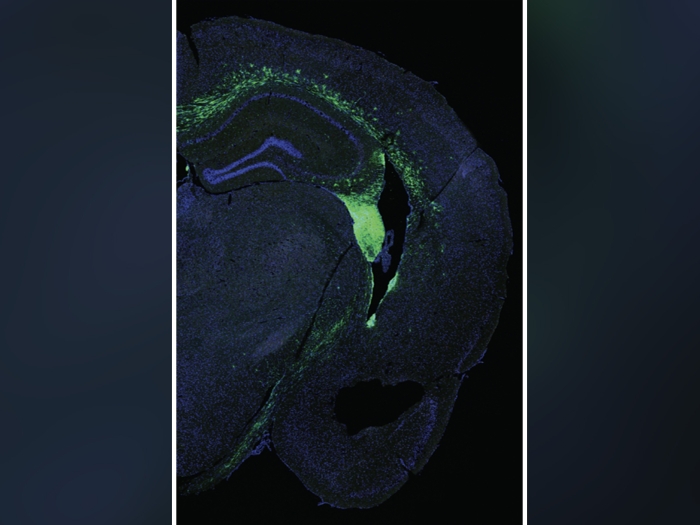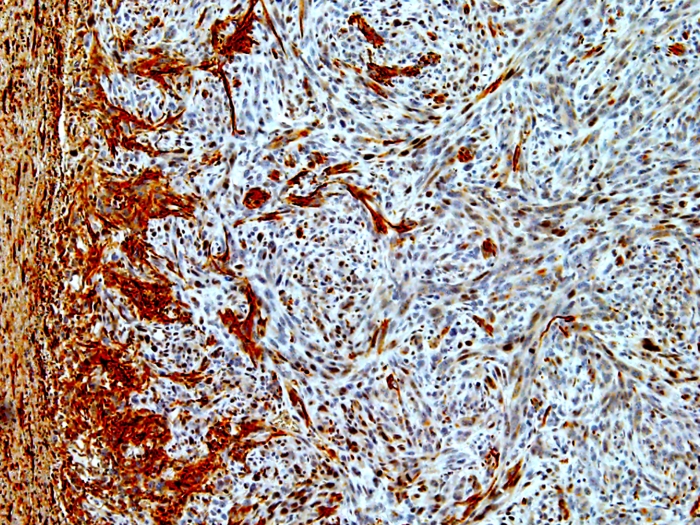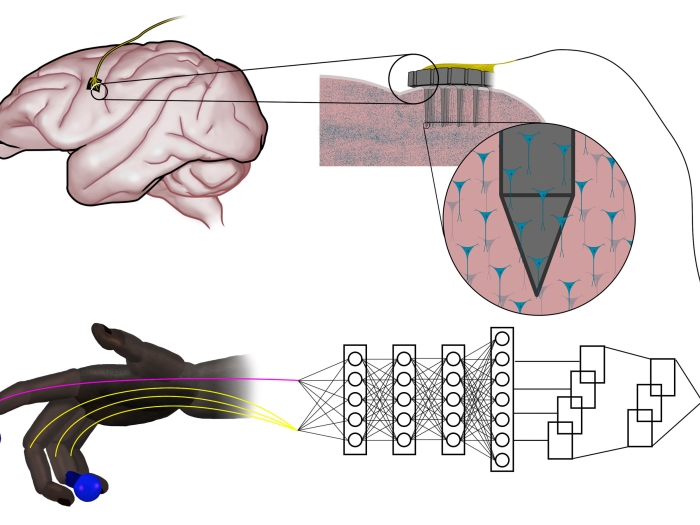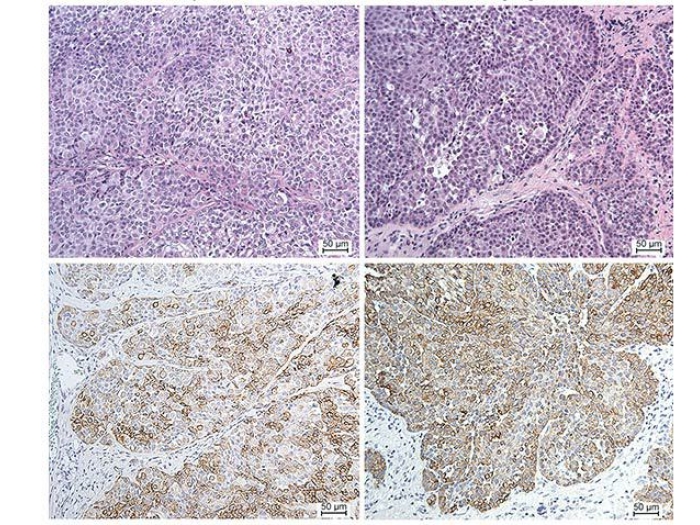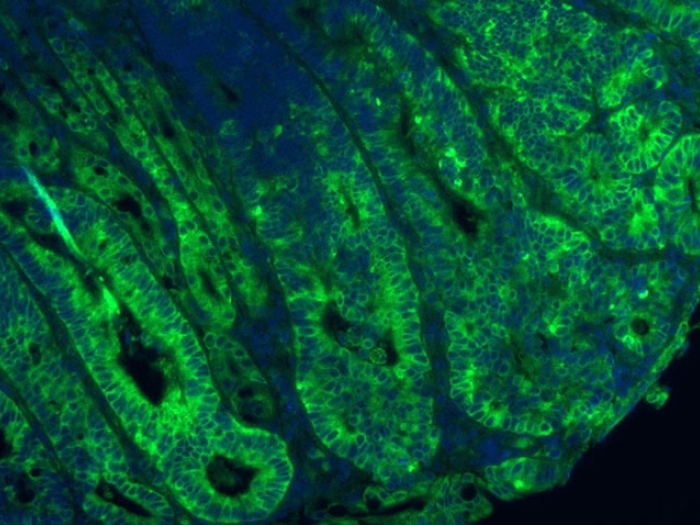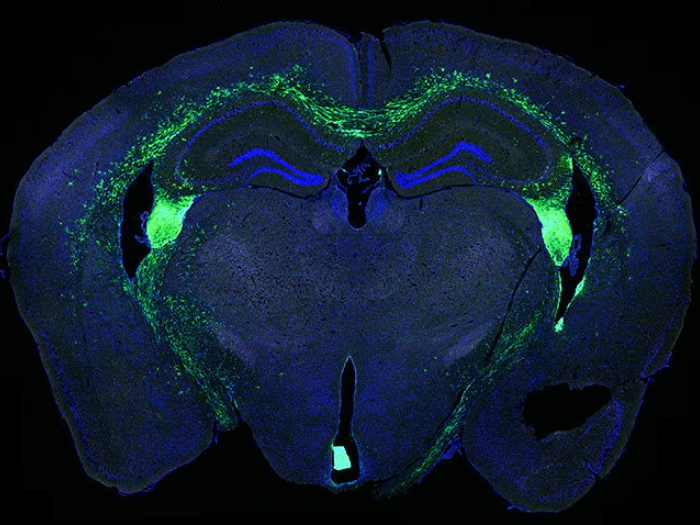The discovery reveals how bacteria silence potentially deadly genes.
5:00 AM
Author |

We are all collections of cells, each cell containing the instructions—our DNA—to become any other cell. What differentiates a heart cell from a skin cell from a brain cell is the expression—or silencing—of genes.
This process was once thought to only happen in animals, plants and other organisms with cells containing a nucleus, known as eukaryotes. A new study from U-M researchers, published in the journal Science Advances, lends further support to the emerging notion that bacteria also employ genetic silencing to protect themselves from harmful mutations.
"For a very long time, bacterial chromosomes were thought to be fully expressed, with no control with regard to chromosome accessibility," said Ursula Jakob, Ph.D., professor of molecular, cellular and developmental biology and biological chemistry at U-M Medical School and senior author on the new study. "That view has changed dramatically."
In eukaryotes, proteins called histones help control which genes are activated. These proteins until recently were thought to be absent in bacteria. However, researchers including Jakob's U-M collaborator Peter Freddolino, Ph.D., associate professor of biological chemistry and computational medicine and bioinformatics, have revealed that bacteria do in fact regulate gene expression through chromosomal structure caused by histone-like proteins.
MORE FROM THE LAB: Subscribe to our weekly newsletter
"The types of elements that are silenced are some of the same things that get silenced by heterochromatin in eukaryotes: mobile, problematic genetic elements," said Freddolino. Heterochromatin is a tightly packed bundle of DNA which supports the chromosome and regulates gene expression.
And just like in animal cells, which can experience altered gene expression under stress, bacteria contain genetic sequences that can become problematic. For example, bacteria can become infected with viruses that integrate into their genomes, becoming genetic elements called prophages. Under certain conditions, these prophages can lead to the death of the bacterial cell. Finding and silencing these regions is critical for the cell's survival.
The team's recent work reveals how bacteria pull this off—using an ancient molecule found wherever there is life, called polyphosphate. The molecule was so important, says Jakob, that Nobel prize winner Arthur Kornberg spent the last 20 years of his career studying it.
"He found it plays a role in bacteria, in virulence, in stress responses, but could never figure out what exactly it was doing," remarked Jakob.
Jakob, Freddolino and their team found that this simple molecule targets a nucleoid-associated protein to the regions in the bacterial genome containing these problematic elements and suppresses their transcription.
Remove the polyphosphate or the nucleoid-associated protein, said Jakob, and the bacteria suddenly mobilizes these prophages resulting in significant mutations.
"The bacteria can die very easily under those circumstances," said Freddolino, "It's an extremely important system that had not been appreciated until now."
Furthermore, the team has shown that in vitro, polyphosphate, the nucleoid-associated protein and DNA form droplets in a process called liquid-liquid phase separation, a mechanism that also underlies the organization of compartments outside the nucleus within cells in eukaryotes.
"This discovery continues to push the idea we now have that bacteria behave in very similar ways to eukaryotes in the way in which they organize their chromosomes," said Freddolino. Exploiting this silencing process, he says, could enable scientists the ability to reverse it, opening up completely new avenues for antibiotics.
Papers cited:
"Polyphosphate drives bacterial heterochromatic formation," Science Advances. DOI: 10.1126/sciadv.abk0233
"Distinct heterochromatin-like domains promote transcriptional memory and silence parasitic genetic elements in bacteria," The EMBO Journal. DOI: 10.15252/embj.2021108708
Like Podcasts? Add the Michigan Medicine News Break on iTunes, Google Podcasts or anywhere you listen to podcasts.

Explore a variety of health care news & stories by visiting the Health Lab home page for more articles.

Department of Communication at Michigan Medicine
Want top health & research news weekly? Sign up for Health Lab’s newsletters today!
